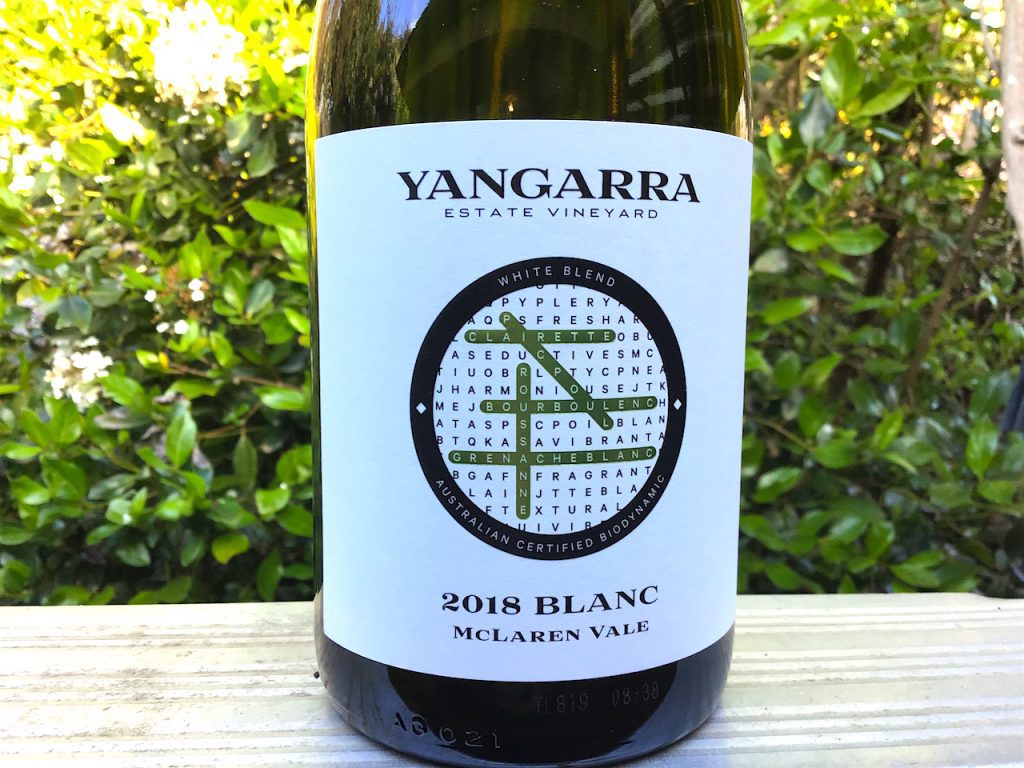Yangarra Estate Vineyard has released a new ‘heat-resistant’ blend of white varieties sourced in Chateauneuf-du-Pape and grown on newly planted cuttings on the estate.
Yangarra 2018 Blanc is a blend of Grenache Blanc (35 percent), Clairette (30 percent), Roussanne (20 percent), Picpoul (10 percent) and Bourboulenc (five percent).
“Blanc is the result of years of research and quarantine of the best white varieties we can find among the ancient north-west Mediterranean vine types,” Yangarra winemaker Peter Fraser says.
“The fact that these Chateauneuf varieties have been successfully blended for so many years encouraged me.
“We knew from the start Yangarra grew exceptional old vine Grenache without irrigation. The High Sands Grenache planted here in 1946 by Frederick Smart and his son Bernard (our 85-year-old neighbour) led us to purchase Yangarra.
“On the back of Grenache Noir’s success in our region, it seemed logical to pursue Chateauneuf top whites on our southern coast. They ripen later, so better survive the heat of January and February.”
Yangarra’s first selection of Grenache Blanc went into quarantine in 2009, but was eventually found to carry a virus and was disallowed and destroyed.
“Since we began working with the Yalumba nursery in 2011, our first successful plantings of these new varieties started in 2014, and we have gradually added to them every year. We will be planting Grenache Gris in 2019. Picardan is the only white Chateauneuf variety we have been unable to source. Although it is not a big loss as it is said to be quite a neutral flavoured variety.”
The winery has also planted small amounts of Counoise and Cinsaut for addition to the Grenache Noir blend from 2018.
“We will be planting Muscardin and Picpoul Noir in 2019, which will round out our plantings of the more obscure red varieties of Chateauneuf-du-Pape,” David says. “We have been unable to secure Terret Noir and Vaccarese.”
David says the wine has been made quite simply. “Back to basics style, hand-picked and whole bunch pressed in a basket press,” he says.
“Due to the small quantities, we pressed and fermented all the new varieties together, as the ripeness was very similar, and we felt that we could care and nurture the wine better than in the tiny volumes we had of each variety.”
The Rousanne block is 10 years older, ripening a little earlier, so was not included in the co-ferment.
The unclarified juice was fermented in 675 litre ceramic eggs, with no acid or sulphur additions. The resulting wine was then matured in ceramic eggs and the lees stirred monthly for that time.
“These varieties are supposedly very susceptible to oxidation, but we find we get better results not adding sulphur until after the primary sugar fermentation,” David says.
The wine was bottled in July. The recommend retail price is $25.
